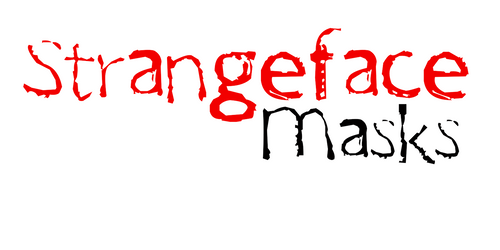Morte - Death Commedia dell’Arte Mask
MORTE - CHARACTER TRAITS
- Eerie, and commanding in presence.
- Motivated by inevitability — the claiming of life and debt.
- Often philosophical, reflecting on mortality and fate.
- Moves with calm precision and chilling stillness.
- Darkly comic when outwitted or momentarily defeated.
PRODUCT FEATURES
- Durable and lightweight Morte Commedia dell’Arte mask.
- Made from high-impact plastic for long-lasting use.
- Hand-painted to a professional performance standard finish.
- Includes black elastic strap and foam pads for comfortable fit.
- Suitable for both professional and student use.
- Made to order in the UK. Ships in 20 working days.
ABOUT OUR COMMEDIA MASKS
Rooted in the vibrant tradition of Italian street theatre, our Commedia dell'Arte masks are made from high-impact plastic, making them durable, lightweight, and comfortable to wear. Each mask represents a classic stock character and is designed to provoke the exaggerated physicality and emotional expression that brings Commedia characters to life.
These masks are ideal for performance and invaluable tools for workshops and actor training.





